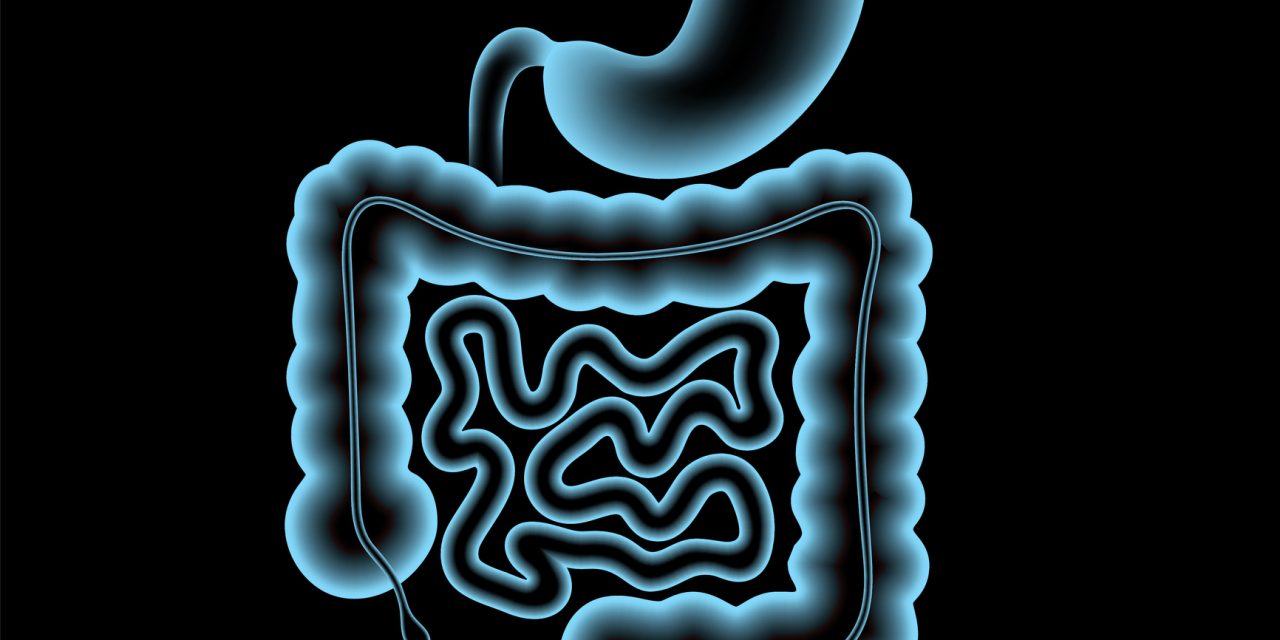Methylation of DNA at carbon 5 of cytosines is the most common epigenetic modification of human genome. Due to its critical role in many normal cell processes such as growth and development, any aberrant methylation pattern in a particular locus may lead to abnormal functions and diseases such as cancer. Development of methods to detect methylation state of DNA which may eliminate labor-intensive chemical or enzymatic treatments has received considerable attention in recent years. Herein, we report a DNA methylation detection procedure based on fluorescence turn-on strategy. Target sequence was selected from Sept9 promoter region that has been reported as one of the most frequently methylated sites in colorectal cancer. Probe DNA was designed to be complementary to this sequence with an additional six cytosines in the middle to form an internal loop to host silver nanoclusters. The fluorescence intensity of the synthesized silver nanoclusters with the duplexes of probe-non-methylated target was significantly different from that of probe-methylated target. The fluorescence enhanced with increasing the methylated DNA concentration with a linear relation in the range of 1.0 × 10 M to 5.0 × 10 M with the detection limit of 8.2 × 10 M, and quenched with non-methylated ones. The method was very specific in the presence of non-complementary sequences with maximum similarity of 40%. Circular dichroism spectra indicated that silver ions significantly affected the structure of methylated and non-methylated DNA into different extents which could further influence the nanocluster fluorescence. Finally, a method was introduced to meet the concerns in the applicability of the proposed method in real situation.Copyright © 2020 Elsevier B.V. All rights reserved.
Fluorimetric detection of methylated DNA of Sept9 promoter by silver nanoclusters at intrastrand 6C-loop.


